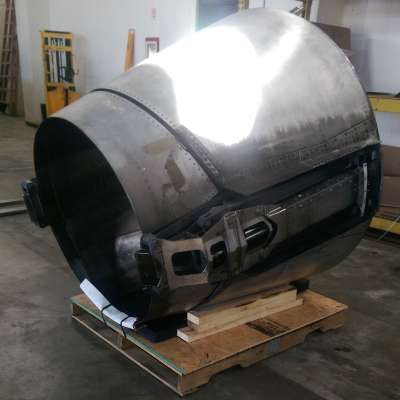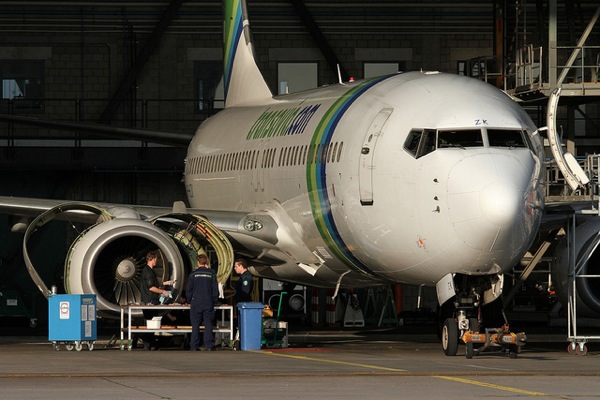You put a ton of effort in shortening your repair turn around times. You, just like me, are crazy.

Everything you do pushes the MRO for an early completion. You yell, scream, beg and maybe even threaten.
When you have this approach is your effort in the right place? Is your time and money being allocated to the right cause?
Yes and no, but before you start throwing CMM books at my head trust me, I get it. Repair TAT is important.
It's crucial yet I urge you to not focus all your attention here.
[Tweet "Focusing all your attention on repair TAT is crazy. #avgeek"]
A wasting your time story
We recently received thrust reversers. We began inspecting them and soon realized that these beauties had more modifications done to them than a Los Angeles actor.
They were fitted onto a modified aircraft. They're literally the only thrust reverse's of their kind on the planet.
When we were preparing for this project, they took 12 days to get to us off of an aircraft undergoing a routine c-check. We  scheduled our truck to pick the units up but we got a call that the thrust reversers we’re improperly crated and they had to bump the pick-up. It took 2 additional days to get them into transit.
scheduled our truck to pick the units up but we got a call that the thrust reversers we’re improperly crated and they had to bump the pick-up. It took 2 additional days to get them into transit.
Once they got to our facility they were inspected and the nozzle was beyond physical repair. We could save these units but the price of repair would become double the standard repair rate. Remember, these are the only two of their kind.
A lot of work will have to be done to bring these two units back to airworthy condition. After the initial quote it took 14 days for approval…and yes while the c-check was still in progress. No loaners, no exchanges, no replacements, we had to repair these units.
We still had 21-30 days after approval to get these units done and when they were approved, it was advised that we get these done fast. Yet, it took 28 days to get the thrust reversers to approve the quote.
And that leads me to my next observations…
Focus your efforts on internal processes along with reducing aircraft component repair TAT
From this story you can see where some of the problem occurs. Now, the fault isn't pointed at anybody. Some decisions are hard to make and yes, sometimes it takes multiple approvals to get things done. I get that.
In this situation there's nothing the MRO could do to rush as a large chunk of time was spent in processing and outbound logistics activities.
By focusing some of your time and effort on internal processes you can cut your aircraft component repair time dramatically. In the story I shared, half the time could have been saved.
Start to focus more attention on areas that create the longest drag, meaning where does the component do most of it’s sitting and waiting.
Here are some areas to start on:
- Component removal
- Transport to stores
- Quality control
- Outbound processing
- Logistics
- Inbound processing
- Installation
There's plenty of areas to focus on but start with one. It'll be less stressful and less bureaucratic to make small changes over time.
Reducing your internal process will help reduce your component TAT and you’ll see a dramatic improvement in your overall rotable cycle times.
Are you experiencing long repair TATs? Fill out the form below as we're very confident we can help.









 scheduled our truck to pick the units up but we got a call that the thrust reversers we’re improperly crated and they had to bump the pick-up. It took 2 additional days to get them into transit.
scheduled our truck to pick the units up but we got a call that the thrust reversers we’re improperly crated and they had to bump the pick-up. It took 2 additional days to get them into transit.

